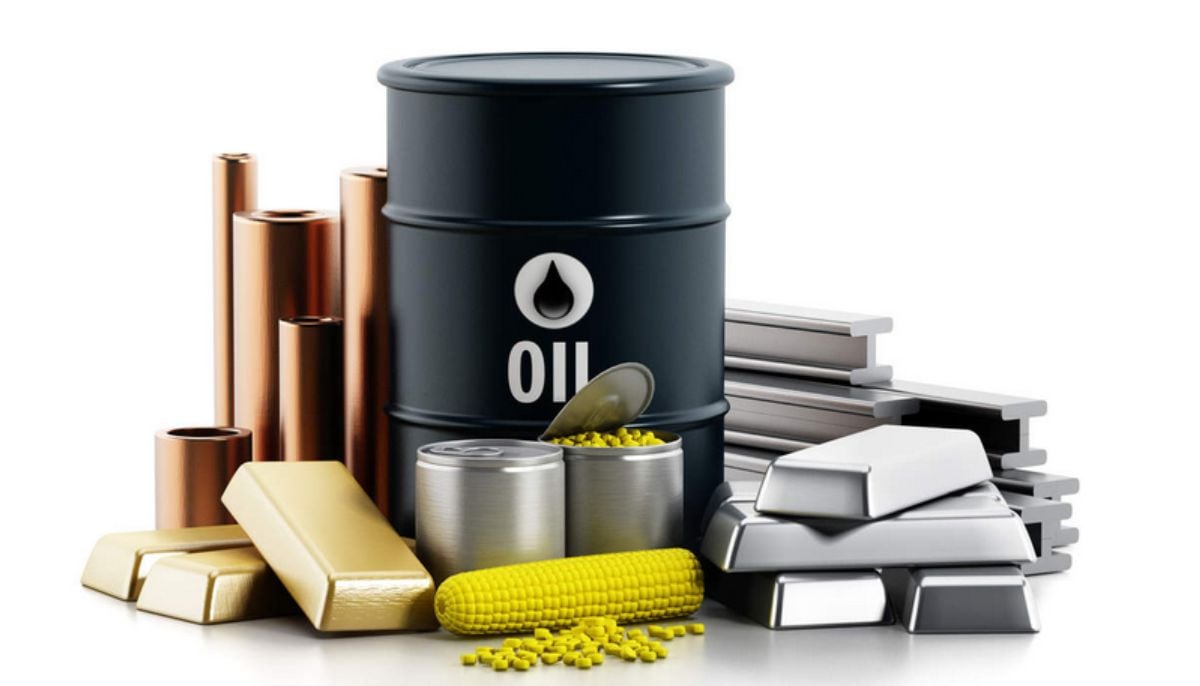SBP notes increased tax collection, better performance of Kharif crops in FY 2021
SBP notes "promising output" of Kharif crops, says large-scale manufacturing (LSM) grew by 7.6%
ISLAMABAD: The State Bank of Pakistan Thursday released its quarterly report on the state of Pakistan's economy, noting an increase in tax collection and better performance of Kharif crops compared to last year.
As per the central bank's report, large-scale manufacturing (LSM) grew by 7.6% during H1-FY21, with its growth in the second quarter accelerating to 10.4%, the highest quarterly LSM growth since Q4-FY07.
The report said that the two industries that generated the most momentum were construction-allied and food processing ones. "The construction industry benefited from the favorable policy environment, which included the government’s fiscal incentives under the construction support package, the Naya Pakistan Housing Scheme, as well as financial measures from the State Bank," said report.
The SBP said that most Kharif crops performed better this year compared to the previous one, adding that this improvement was attributed mainly to increases in their areas under cultivation.
"The government’s support package for Rabi crops, comprising subsidies on key inputs, and an increase in the support price for wheat, are likely to bolster the overall crop sector growth. However, cotton exerted a drag on the overall agricultural performance, as the revised production estimate of 7.7 million bales represented the lowest output since FY86," it said.
The report said that overall, the agriculture sector is expected to register growth during FY21.
"On the whole, the recovery was rooted in the timely and well-calibrate policy response of the SBP and the government to counter the Covid-19 shock," said the SBP, adding that its policy response comprised liquidity support through continuation of low policy rate, loan deferments and restructuring, and refinancing schemes for payroll support, healthcare sector, and firms looking to undertake capital expenditures.
It said the government supported the healthcare sector and firms through support measures which included direct cash support for the economically vulnerable segments, together with tax relief for the construction sector; expedited disbursement of outstanding refunds of exporters; concessionary energy prices; duty concessions on imported raw materials; and subsidies and higher minimum support prices to bolster agriculture.
Importantly, these facilitative policies and the resultant rebound in economic activity did not contribute to a widening in macroeconomic imbalances, including the fiscal and current account deficits.
The report spoke about the increase in remittances by overseas Pakistanis that led to the current account registering a surplus for the first time in many years.
"Remittances rose from all the major corridors, with strong growth recorded from the advanced economies as well as from the GCC. Proactive policy measures by the government and SBP to encourage more inflows through formal channels, curtailed cross border travel in the face of Covid-19, altruistic transfers to Pakistan amid the pandemic, and orderly foreign exchange market conditions have contributed to the strength of remittances," said the report.
However, the report flagged three areas where policymakers needed to focus more on.
"First is the burden of debt servicing. Despite a relative improvement in revenue generation, the bulk of interest payments during H1-FY21 was financed via the issuance of new debt," stated the report.
"Second, while national CPI inflation declined during H1-FY21 on YoY basis and stayed within the SBP’s projection for the full year, the prices of food items remain vulnerable to supply-side pressures in recent months," it added.
"Third, with the domestic economic activity recovering and global commodity prices rising, import pressures are resurfacing. Moreover, these pressures have been accentuated by the domestic supply-side challenges for major agricultural commodities – cotton, sugar and wheat – which necessitated their imports".
-
AI boom set to lift TSMC’s Q4 profit by 27%
-
An eye on 'global economic instability' as shares slumps, tensions intensify
-
Tesla dethroned: BYD shocks EV market as top seller in 2025
-
China sets up $8.9B fund to boost 2026 consumer goods trade-in
-
Meta to acquire Chinese AI startup Manus to expand advanced AI capabilities
-
China to roll out action plan for digital yuan expansion
-
Amazon halts plan for 'drone delivery in Italy' just before launch
-
Europe’s crypto adoption gains regional momentum; Who’s investing the most?












